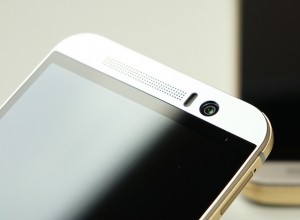App design has become more and more customer focused since the mobile app first came out. Consequently customer experience is king when it comes to mobile apps and rightly so. Before you start your next mobile app development project make sure you think about how you will be collecting data, what data you will be collecting and how you can use it to benefit your app’s user experience.
Here are three hot ideas on how to improve your app’s user experience using data:
Personalize
The modern shopper and app user wants a personalized experience. Your users will expect you to not only understand their needs but also be able to deliver messaging based on those needs. Businesses that are able to do this will be able to build a more personal connection with their customers. Using data such as a users name, age, gender or location in your messaging can help improve response. Simply using a customer’s name puts your message in a more conversational tone that customers respond to and by developing a full plan based on delivering personalized information you can use your apps to build customer relationships.
Keep a sharp eye on privacy
I think we have all experienced marketing that is so targeted that it comes across as creepy. One day I was buying a pair of boots for my daughter at Journeys and came home to find my Facebook feed full of Journeys ads, I have to admit I felt fairly creeped out at that moment. You need to respect your customers desire for privacy and not step over boundaries. Customer’s respond favorably to ads that are relevant and interesting but will be put off if they feel you are going too deep into their personal lives. You need to be strategic with what data you collect and how you use it.
Be data savvy
Be collecting and analyzing the right data you will be one step closer to a great user experience, but remember the experience is only as good as you data. A quality data analyst or architect can be very useful in helping you with this stage and you will probably realize it is easier than you think it will be if you talk to the right data analyst. Focus on the information that is important to your customers. What is their purchase history? What is their behavior while using your app? What demographic data have they given per their profile? Once you have this data you can use it to personalize your messaging to customers.
Photo: http://bit.ly/215eK07





